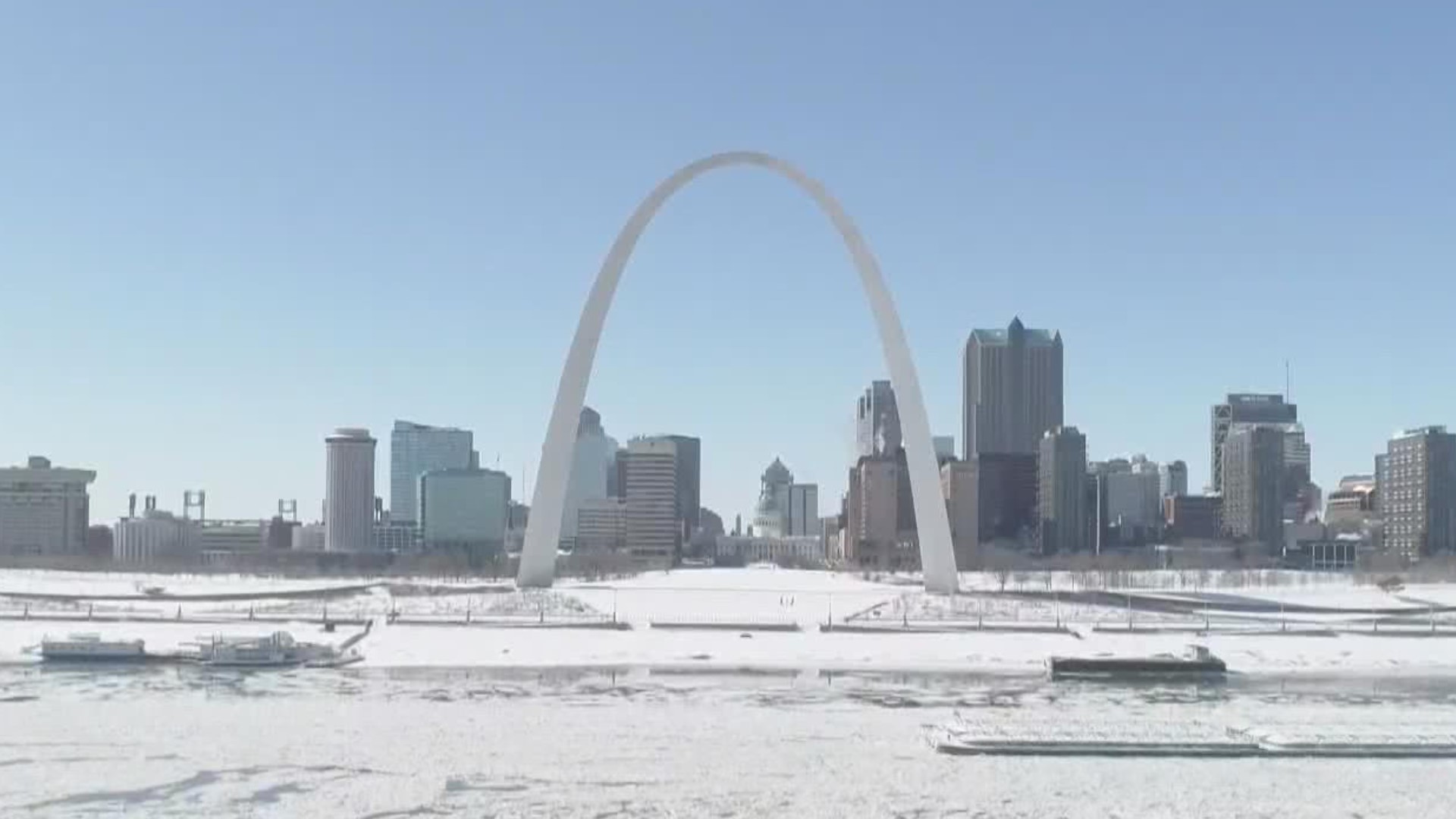ST. LOUIS — The unusually warm weather from September into October pushed back our fall foliage this year and there is still some color left to behold. Even as warmer fall weather continues, we look ahead toward December, January and February, our winter months.
Most likely, the above-average temperature trend will continue into the winter.
The Pacific Ocean holds the key to the larger climate patterns that drive our seasonal weather. La Niña is once again with us this winter as water temperatures have continued to fall below average the last couple of months over the Equatorial Pacific. A moderate La Niña is expected to continue through the winter months, much like we saw last winter.
Traditionally, this weather pattern is one that keeps us warmer than average as it shoves the jet stream farther north, limiting how much cold air we see. Overall, we do expect a warmer winter than average, but there will be occasional outbreaks of arctic air heading our way. It all hinges on the polar vortex delivering the cold air to our area.
Last December and January were relatively mild, then the Polar Vortex unleashed brutal cold for February. Indications are the coldest of air will be north or east of us for much of the winter.
The end of October into early November gives us clues as to how the jet stream will behave this winter. In the past few weeks, we’ve seen some impressive storm systems move across the Midwest.
What about rain, snow and ice? Near or a bit above average precipitation is expected but we must have the cold air available and a favorable storm track for us to get a good snow. Our snow chances look limited again this winter and icy weather is a possibility.
December is warmer than average, January a little below average and February looks about average. Rain and snow will likely be near average for us, but don’t discount the possibility of an impactful winter storm especially during January into February. If the wavy jet stream pattern dips well to our west, we may also have to keep a severe weather eye out for any volatile weather patterns.
A few La Niña years have produced some memorable weather. There have been three stronger La Niña winters in St. Louis since 2000-2001, and that winter was the coldest. Snow came early and blanketed us in white for more than half the month. December 2000 remains the second coldest on record in St. Louis due to that early snowfall and the cold pattern despite being a more intense La Niña year. Very little snow fell during January and February of 2001 and it wasn’t as cold.
Winter 2007-2008 and 2010-2011 were the last two winters with a stronger La Niña in place. Both winters were quite snowy with more than 30 inches of snow. Both of those winters were a little colder than average, but not by much and in both of those winters, snow was on the ground by the middle of December. The biggest snow in 2007-2008 was actually in early March with 10 inches on the 4th. We are not expecting the coldest weather of the winter this December.
The winter of 2010-2011 not only brought snow consistently from December into March, but an outbreak of severe thunderstorms on New Year’s Eve. More than a dozen tornado tracks were identified with the strongest being an EF-3 in Sunset Hills with winds up to 150 miles per hour. A reminder that severe thunderstorms and tornadoes can occur any time of year given the right conditions.

